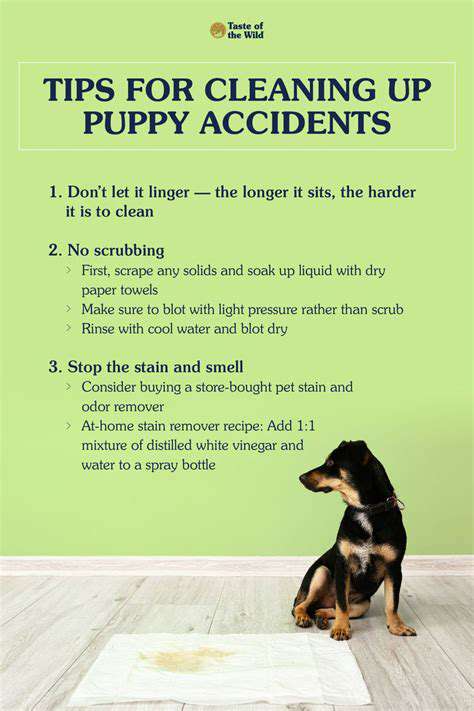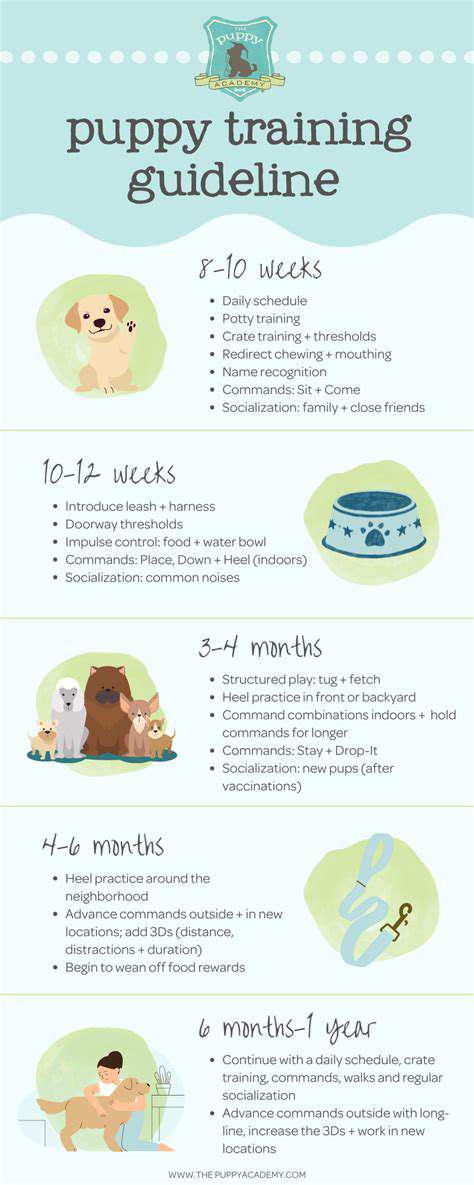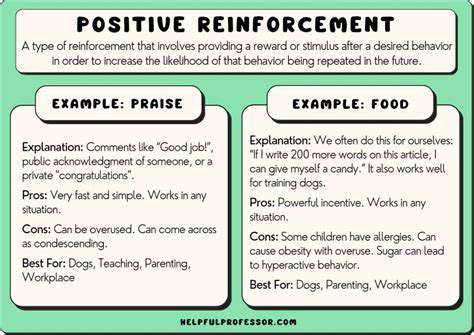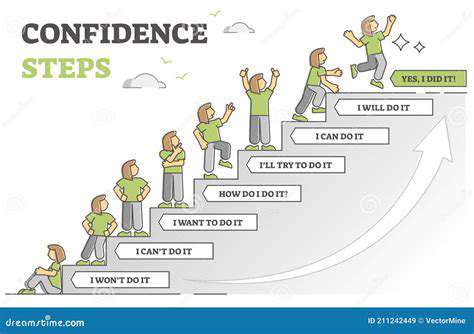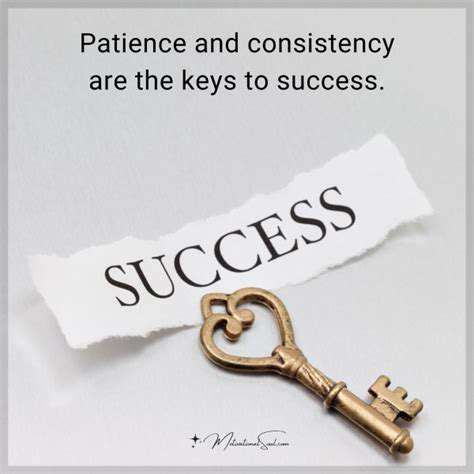Safety First: Essential Considerations for Off Leash Training
Importance of Recall Training
Recall training is fundamental to ensuring the safety and well-being of both dogs and their owners. A well-trained dog that reliably responds to commands can prevent accidents, injuries, and dangerous encounters with traffic or other hazards. This proactive approach strengthens the human-canine bond, fostering mutual trust and creating safer, more enjoyable experiences for everyone. Teaching your dog to return when called equips them with vital skills to avoid perilous situations. Many experts consider recall training a cornerstone of responsible pet ownership.
Beyond safety, recall training cultivates obedience and attentiveness in dogs. It's essential for developing a dependable canine companion. Positive reinforcement techniques combined with patience yield the best results. The benefits extend far beyond basic commands, shaping a dog's overall behavior and deepening their connection with their owner.
Methods for Effective Recall Training
Successful recall training relies on positive reinforcement. Reward desired behaviors like prompt responses with treats, praise, or affection. Avoid punitive methods that can damage the dog-owner relationship. Consistency proves crucial - use identical commands each time and begin training in distraction-free environments. As your dog progresses, gradually introduce distractions while maintaining their focus on commands. Recognizing your dog's unique learning style and body language helps tailor the training effectively.
Various training approaches prove useful at different stages. Luring guides dogs with treats, shaping reinforces incremental progress, and capturing rewards natural behaviors. Choosing the right method depends on your dog's personality, ensuring training remains engaging and productive. Some trainers recommend rotating techniques to maintain interest and test comprehension.
Addressing Common Challenges in Recall Training
Distractions pose the most frequent challenge in recall training. Young or inexperienced dogs particularly struggle with environmental stimuli. Start in quiet settings, slowly introducing controlled distractions while rewarding continued responsiveness. Consistency and patience are vital when overcoming these obstacles. Remember that dogs learn at different paces and respond to various cues - adapting to these differences ensures better results.
Another common issue involves dogs ignoring recall commands to chase distractions. This requires understanding the underlying cause - whether excitement, fear, or lack of motivation. In persistent cases, consulting a professional trainer or veterinarian can help develop customized solutions. Early intervention often prevents minor issues from becoming ingrained behaviors.
Maintaining Recall Training for Long-Term Success
Recall training requires ongoing reinforcement, not just initial instruction. Short, frequent practice sessions prove more effective than occasional lengthy ones. Incorporate recall exercises into daily routines and outings. Even brief practices in familiar environments help maintain responsiveness. Regular reinforcement ensures the command remains effective as circumstances change.
Consider recall training a lifelong commitment. Periodic refresher sessions prevent skill deterioration. Adapt training methods as your dog ages to ensure continued effectiveness. This sustained approach contributes significantly to your dog's safety and quality of life throughout their years.
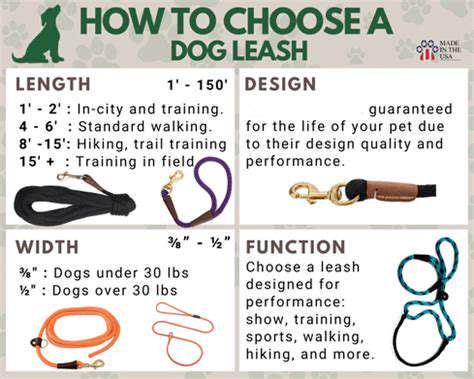
Managing Potential Hazards and Distractions
Identifying Potential Hazards
The first step in hazard management involves proactively identifying potential dangers. Thorough environmental assessments should examine both obvious and subtle risks. Analyzing past incidents reveals patterns that help predict future problems. This targeted approach creates more effective safety measures than generic solutions.
Regular equipment and workspace inspections help identify overlooked hazards. Checking tools and machinery for damage or wear ensures proper functioning. Preventive maintenance significantly reduces accident risks before they occur.
Understanding Distractions and Their Impact
Distractions, whether internal (stress, fatigue) or external (noise, clutter), can severely compromise safety. Internal distractions often prove more challenging to recognize but equally dangerous. Monitoring for signs like decreased alertness or increased errors helps identify when distractions affect performance.
Implementing Preventive Measures
Effective hazard management requires comprehensive prevention strategies. Clear, well-communicated safety procedures form the foundation. Regular training ensures all personnel understand risks and proper responses. Engineering controls like machine guards and proper PPE significantly reduce accident likelihood.
Workspace organization plays a crucial role - adequate lighting and minimal clutter create safer environments. Simple adjustments often yield substantial safety improvements.
Addressing Distractions Through Policies
Formal policies help minimize workplace distractions. Establishing guidelines for communication, noise levels, and interruptions maintains focus. Clear protocols for handling urgent matters prevent safety compromises. Some organizations implement focus hours with limited interruptions for critical tasks.
Communication and Reporting Procedures
Effective communication systems enable prompt hazard resolution. A culture encouraging incident reporting without fear of reprisal improves safety outcomes. Designated reporting channels and thorough documentation help identify trends and implement corrective actions.
Maintaining a Safety-Conscious Culture
Developing a safety-first mindset across an organization yields long-term benefits. Regular safety discussions and recognition programs reinforce this culture. Empowering all employees to prioritize and advocate for safety creates the most effective protection. This proactive approach reduces accidents while boosting morale and productivity.

Read more about Safety First: Essential Considerations for Off Leash Training
Hot Recommendations
- The Impact of Early Socialization on a Dog's Interaction with Other Animals
- Car Travel and Puppy Socialization: Making the Journey a Positive Experience
- The Importance of Early Environmental Exposure for Puppy Development
- Taking Your Puppy to the Vet: Positive Socialization Strategies
- Making Training a Positive Experience for Your Puppy
- Public Transportation and Puppy Socialization: A Step by Step Guide
- Safe Socialization: Allowing Others to Pet Your Puppy
- Helping a Puppy Who Struggles with "Stay"
- Positive Puppy Interactions: Making Meetings with New Friends Fun
- No Treats Needed? Training Basic Commands with Verbal Praise
